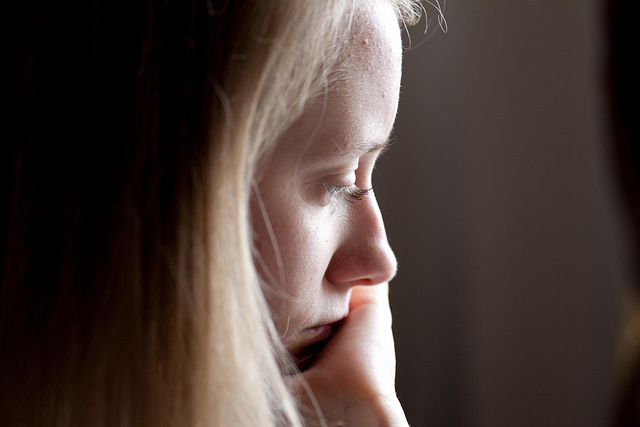SAD May Be Making You Sad

Like many people who live far from the equator, you may find yourself eating more, sleeping more, and feeling grouchy during the dark days of winter. These reactions are not unusual for most of us, but some may experience an even more debilitating condition each year known as seasonal affective disorder (SAD).
SAD has not been labeled by psychiatric professionals as an official, distinct disorder, but it is considered a subtype of depression or bipolar disorder.
How Does SAD Develop?
SAD is caused by a biochemical imbalance prompted by shorter daylight hours. Melatonin, a hormone that has been linked to depression, is produced at increased levels in the dark. According to the American Psychiatric Association, SAD may begin at any age, but the most common age of onset is between 18 and 30 years. The most difficult months for SAD sufferers seem to be January and February.
Symptoms can include, but are not limited to:
- fatigue
- lack of interest in normal activities
- social withdrawal
- craving foods high in carbohydrates
- weight gain
How to treat SAD
If you feel you are suffering from SAD, it is good idea to speak with your physician about your symptoms, as you might have a physical health issue—such as hypothyroidism, hypoglycemia or a viral infection—that is contributing to your low mood.
Exposure to bright light is considered the first-line treatment for SAD. This might be as simple as a long walk outside during the brightest part of each day. However, if your depression is severe or you are experiencing suicidal thoughts, consult a mental health professional immediately.
How Exercise Helps
Researchers from Harvard Medical School say that regular exercise is effective in treating mild to moderate depression and can even help those experiencing severe depression. Exercise enhances the body’s production of endorphins and norepinephrine, chemicals that can improve your mood. A study published in 2005 found that vigorous walking (35 minutes a day five times a week or 60 minutes a day three times a week) had a significant influence on mild to moderate depression symptoms.
Look to the Light
If exercise isn’t helping and you just can’t seem to get enough sunlight to lift your mood, consider purchasing a special therapeutic light box designed to treat SAD. This treatment has not been officially approved by the U.S. Food and Drug Administration, so it’s a good idea to check with your doctor before spending money on something that may not be safe or effective for you.
As the Skin Cancer Foundation reminds us, trips to the tanning salon are not a healthy substitute for sunshine and will do more harm than good. A tanning booth puts out ultraviolet radiation, which is not the right kind of light to cure SAD. You need visible light, not ultraviolet rays, and your eyes must be exposed to the light. This is what they recommend:
- Choose a light box with 10,000 lux of Illumination. Light boxes offering fewer lux are not as effective.
- Use a UV filter. Most light boxes use fluorescent bulbs, which emit a small amount of UV radiation. Your light box should have a UV filter or diffusing screen to protect your skin and eyes.
- Opt for soft, white lights. Full-spectrum lights produce greater amounts of blue light (which can harm the eyes) and UV radiation.
Light boxes are a covered benefit under most CDPHP policies. Members with mental health benefits through CDPHP may call the CDPHP Behavioral Health Access Center to obtain information about available network services and light box authorizations, at 1-888-320-9584, toll-free, between 8 a.m. and 6 p.m., Monday through Friday.
Psychotherapy
If your SAD is severe and interferes with your daily living, you may need treatment with antidepressants or another psychiatric medication. Psychotherapy is also an option. Talking with a mental health clinician may help you identify negative thoughts and change certain behaviors that may be making you feel worse.
Pick up the phone and ask for help. Members with mental health benefits through CDPHP may call the CDPHP Behavioral Health Access Center. If it is after normal business hours and you find yourself unable to cope, you may also call the Crisis Hotline directly at 1-855-293-0785.
 The Daily Dose
The Daily Dose
Comments are closed.